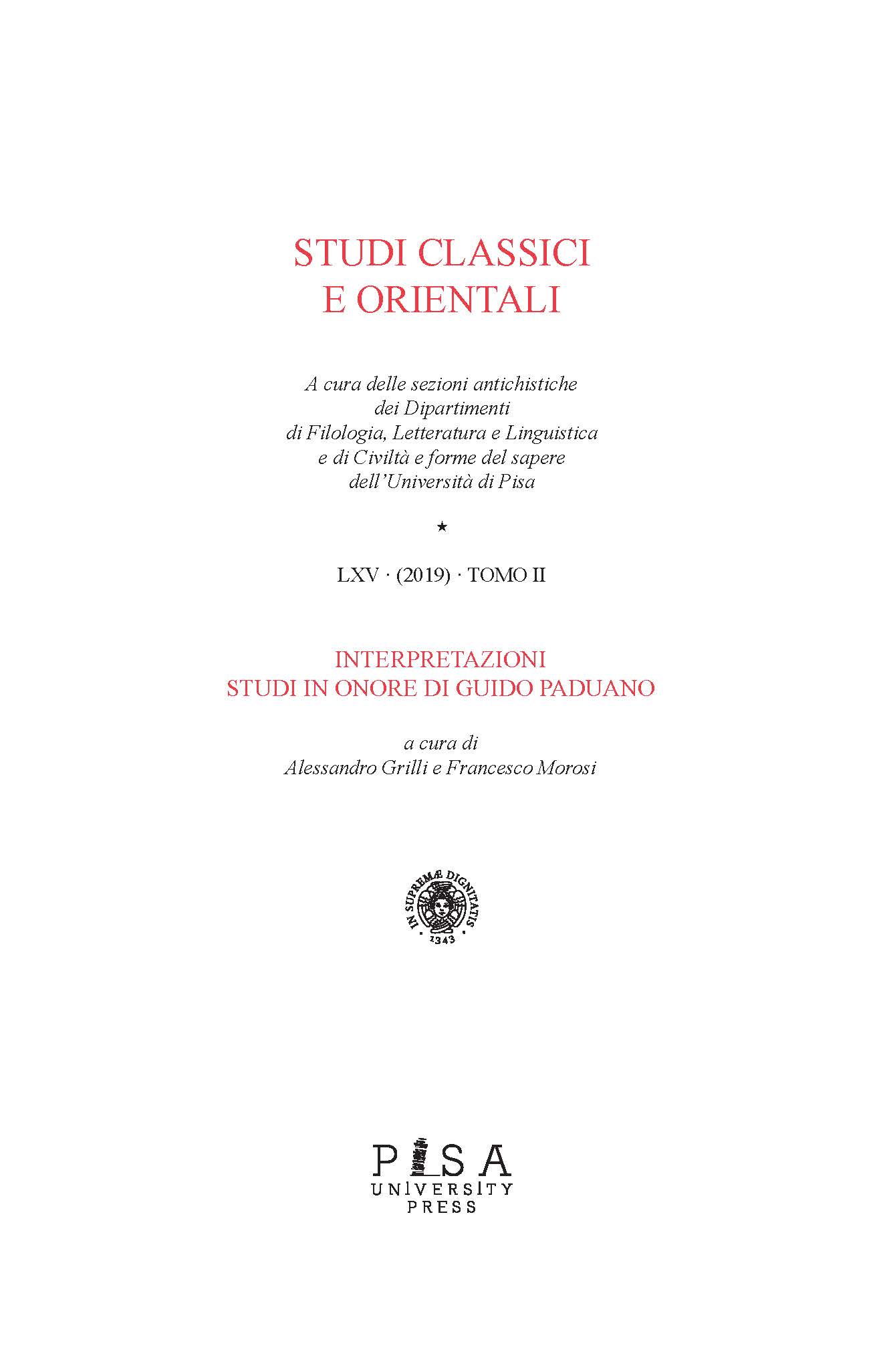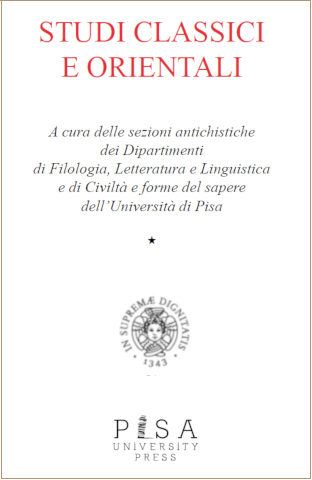Rima e psicanalisi
Abstract
Rhyme and psychoanalysisDespite a couple of interesting hints on the issue in Freud’s writings,metrical studies have neglected to investigate the close similaritybetween the creative modes triggered by the use of rhyme andsome fundamental processes studied by psychoanalysis. Limitingthe choice of some words of the poetic text to very narrow lexicalpools, identified on a phonic rather than semantic basis, leadsto structuring poetic thought through distant and often apparentlyabsurd associations of ideas, just as happens in the languages ofthe unconscious studied by Freud, such as dreams or the techniqueof free association. However, it is the technique of the joke (Witz)which shows the closest similarity. Besides the common centralityof sound, in fact, the joke is characterized by being a language onlypartially unconscious: this imposes a phase of rationalization of theapparently absurd and loose associations in order to make their contentcommunicable, just as happens in the transition from the associationsof distant images suggested by a certain rhyme to the choiceof the actual rhyme-fellows inserted in the text. And just as for thelanguages of the unconscious, so also for rhyme this transition fromthe unconscious association to a representable and shaped content ismade possible by rhetorical and figurative elaboration.Fascicolo
Sezione
Articoli



